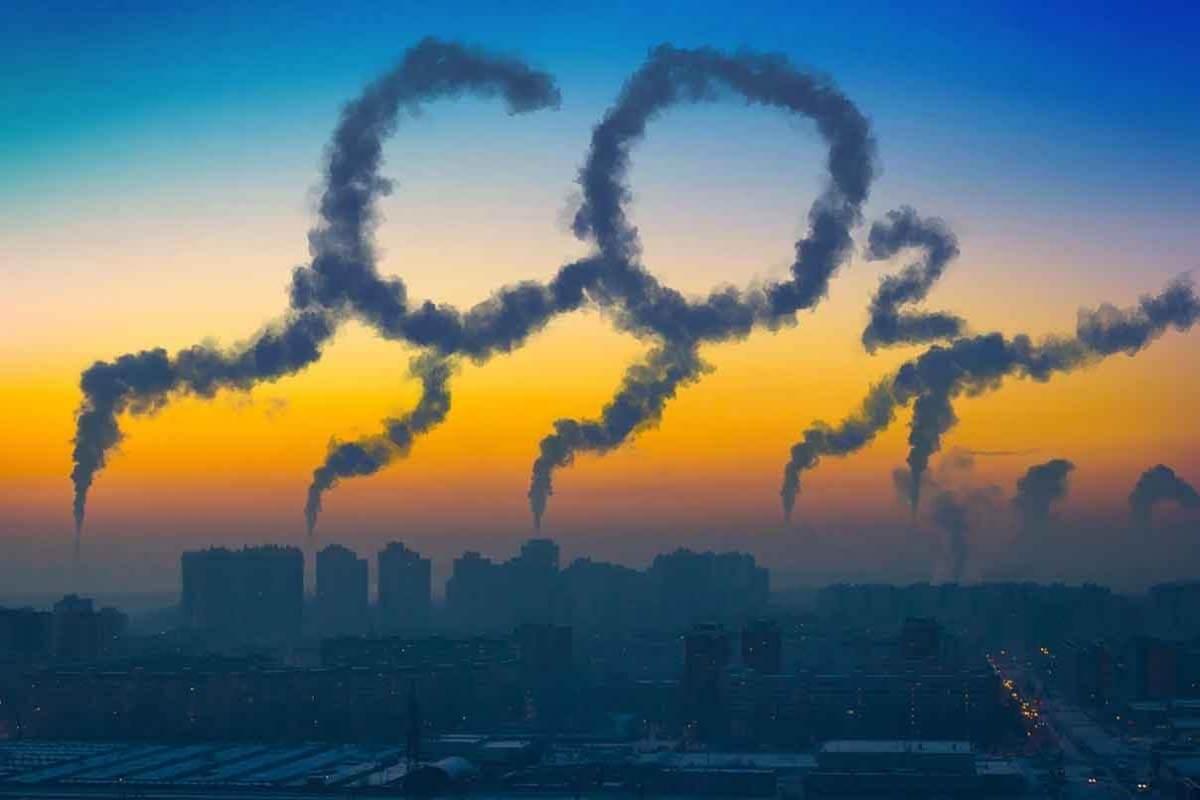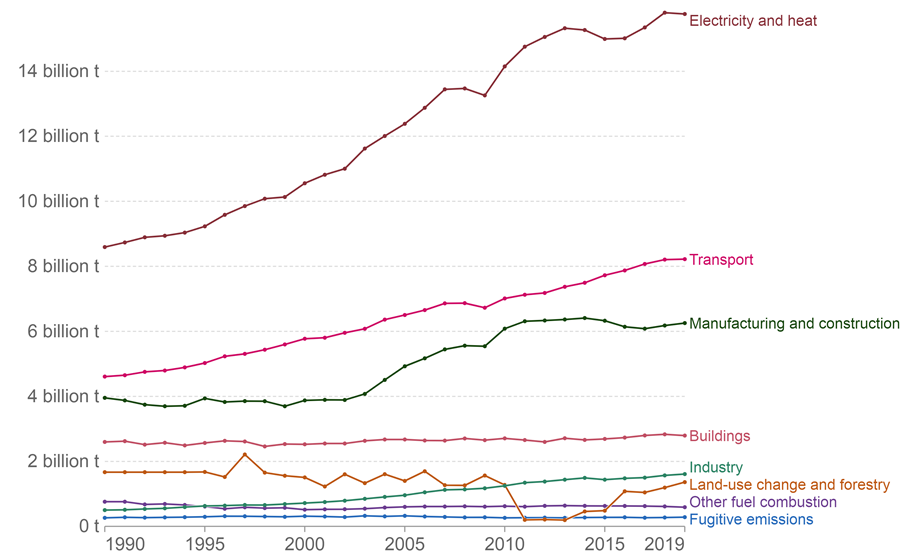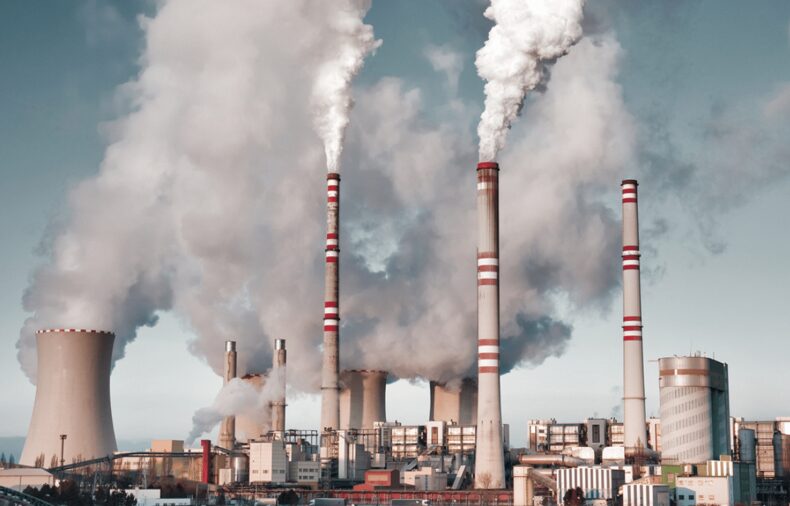- Despite the increase in carbon dioxide emissions, it remains below pre-pandemic levels.
- According to International Energy Agency (IEA), using solar and wind energy and electric vehicles balances emissions worldwide.
According to a report released by IEA on Thursday, carbon dioxide emissions reached a record high in 2022. However, 550 million tonnes of carbon dioxide emissions were prevented last year due to using electric vehicles, wind and solar energy, and other clean energy sources. It helped balance out the effects of continuing burning of coal and oil.
Mr. Fatih Birol, IEA Executive Director, stated that the emissions are still expanding from fossil fuels, delaying efforts to reach the world’s climate targets. However, the emission of heat-trapping greenhouse gases accounts for more than three-quarters of global energy emissions, which increased by 0.9% to a record high of 36.8 billion tonnes in 2022, despite the increase in the usage of renewable energy.
The relationship Between Human and Natural Emissions
Continuously, carbon dioxide is naturally released into the atmosphere through processes like the ocean carbon cycle due to the breakdown of organic matter, respiration, and volcanic eruptions. Natural sources like trees and the ocean absorb carbon dioxide out of the atmosphere. However, human emissions factors such as the industrial revolution have increased atmospheric concentration of the gas beyond the capacity of absorbers. The effects have a warmed atmosphere and are still warming. Although greenhouse gases increment in the atmosphere over the past 150 years is mainly attributed to human activity. According to Mr. Birol, foreign and domestic fossil fuel industries must accept their fair share of responsibility because they earn record amounts of money.

Image Source: geographical.co.uk
Mr. John Sterman, head of the Massachusetts Institute of Technology, reported that the emissions are still increasing at alarming rates, but a turnaround would help countries meet their climate commitments. Sterman stated that countries must fund renewable energy sources, increase energy efficiency and transportation, place a high price on carbon emissions, stop deforestation, plant trees, and get rid of coal for the power plant. Severe weather conditions raised carbon dioxide emissions in the previous year because droughts made it more necessary to burn fossil fuels because there was less water available for hydropower. Heat waves also increase the electricity demand.
Lower Emission After Lockdown
According to the IEA data, oil-related CO2 emissions have increased sharply. Despite a 2.5% increase, it is still below pre-pandemic levels as air travel increased because tourism resumed after being shut down during the epidemic. Hence, it accounts for about half of the surge in oil-related emissions.
According to the Paris-based agency, the emission from china was lowest last year due to strict COVID-19 regulations and a decline in construction activity. However, the economic expansion enhances 4.2 % of emissions from other emerging and developing Asian countries.Mr. Birol commented that it was previously expected, but the effects of the energy crisis did not significantly increase global emissions. This happened due to the remarkable growth of renewables, EVs, heat pumps, and energy-efficient technologies. Although, CO2 emissions would have increased almost three times as much without using clean energy.

Image Source: geographical.co.uk
The Effect of Russia-Ukraine War
According to the IEA, carbon dioxide emissions from coal increased by 1.6% in 2017. Because of the conflict between Ukraine and Russia, European nations have moved towards undesired fuels that produce more pollutants. Due to high gas prices, Asian nations have shifted to alternative fuels. According to scientists, emissions from fossil fuels must be reduced in the upcoming years to stop global temperatures from rising. IAE reported that leading fossil fuel manufacturers, including Chevron, Exxon Mobil, and Shell, informed high profits. BP also abandoned efforts to reduce its production of fossil fuels.













